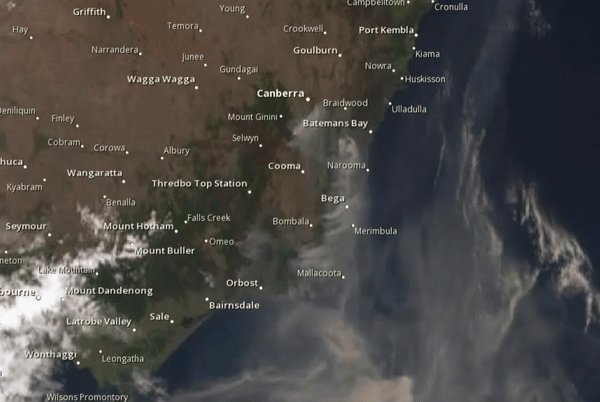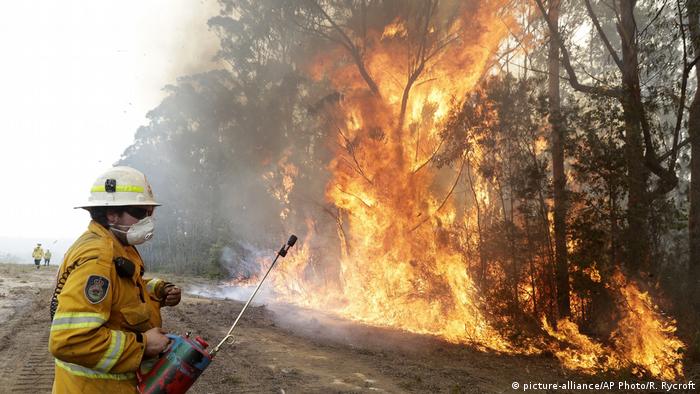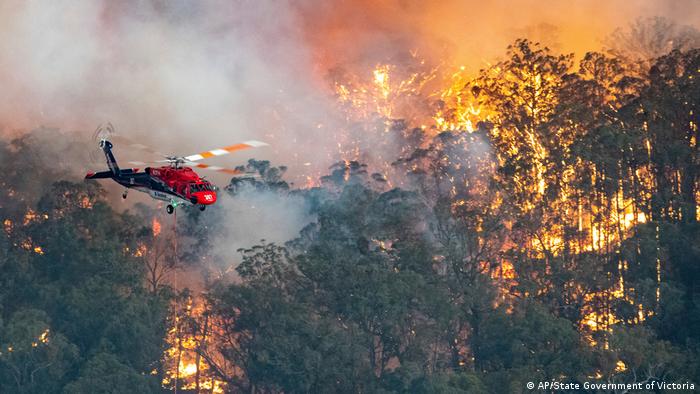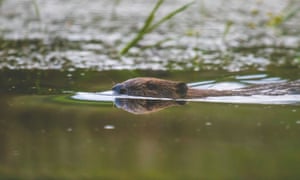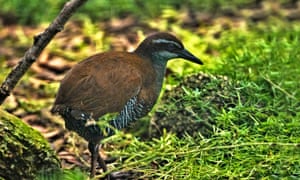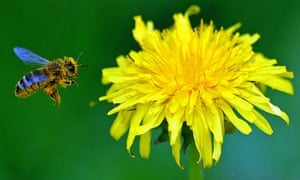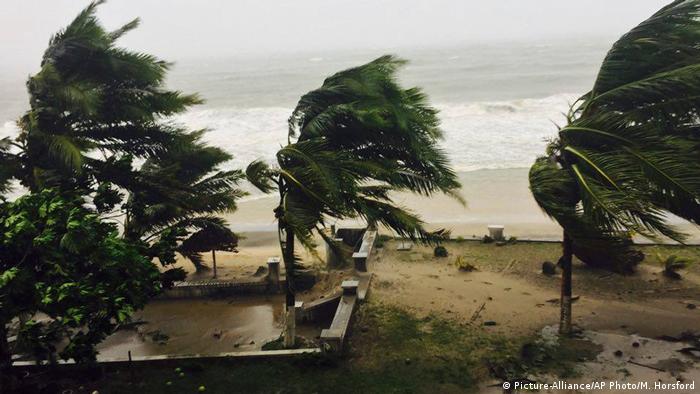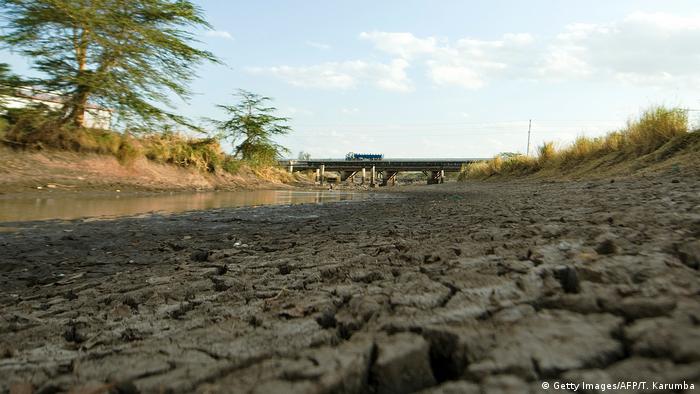rbkwp
Mythical Member
- Joined
- Aug 21, 2007
- Posts
- 91,655
- Media
- 1
- Likes
- 52,774
- Points
- 608
- Location
- Auckland, Auckland, NZ
- Sexuality
- 100% Gay, 0% Straight
- Gender
- Male
cool
rbkwp
looking afteryour health,without your say so haha
![]()
GOOD SH*T
Need More ZZZ’s? Sleep Retreats Are a (Glorious) Thing
This latest wellness trend tackles a problem facing 30 percent of people.
At Canyon Ranch, in Tucson, Arizona, palm trees and massive cactuses are guests’ closest neighbors. The serene 150-acre wellness resort offers desert-view yoga and peaceful hikes through the Santa Catalina Mountains. Dramatic scenery is a key selling point for the Southwest escape, but it’s not the only one. Some of Canyon Ranch’s most life-changing experiences happen when your eyes are closed.
Sleep tourism, like Canyon Ranch’s physician-led sleep enhancement program, is the latest trend in the lucrative wellness industry. Given that 1 in 3 adults doesn’t get enough sleep, according to the Centers for Disease Control and Prevention, and that wellness travelers reportedly spend nearly 60 percent more than the average international tourist, it was only a matter of time before sleep tourism took off. The wellness tourism industry was a $639 billion market in 2017, a figure that’s expected to top $900 billion in 2022.
rbkwp
looking afteryour health,without your say so haha

GOOD SH*T
Need More ZZZ’s? Sleep Retreats Are a (Glorious) Thing
This latest wellness trend tackles a problem facing 30 percent of people.
At Canyon Ranch, in Tucson, Arizona, palm trees and massive cactuses are guests’ closest neighbors. The serene 150-acre wellness resort offers desert-view yoga and peaceful hikes through the Santa Catalina Mountains. Dramatic scenery is a key selling point for the Southwest escape, but it’s not the only one. Some of Canyon Ranch’s most life-changing experiences happen when your eyes are closed.
Sleep tourism, like Canyon Ranch’s physician-led sleep enhancement program, is the latest trend in the lucrative wellness industry. Given that 1 in 3 adults doesn’t get enough sleep, according to the Centers for Disease Control and Prevention, and that wellness travelers reportedly spend nearly 60 percent more than the average international tourist, it was only a matter of time before sleep tourism took off. The wellness tourism industry was a $639 billion market in 2017, a figure that’s expected to top $900 billion in 2022.






